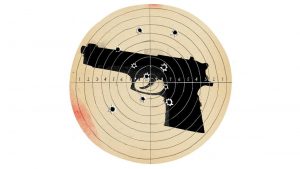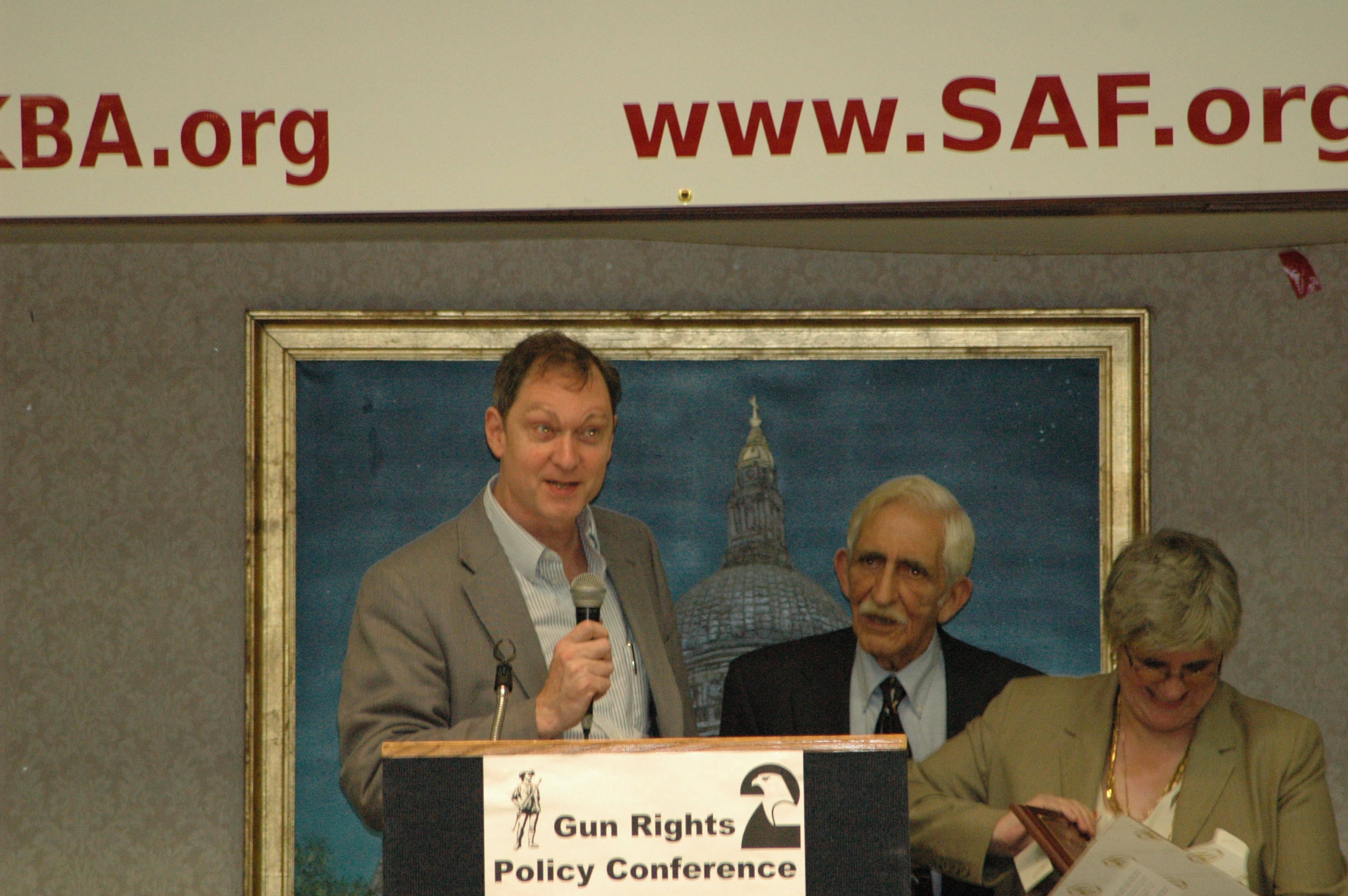This is a response to Gary Kleck’s article in Politico. This response is attached as an addendum there:
When Gary Kleck can’t defend, he attacks. Instead of offering new insight, Kleck instead baselessly speculates on our motives, suggesting we “hope that total gun prohibition will one day be politically achievable.” To be clear: prohibition is not something we have ever suggested in any of our writing, all of which can be found at armedwithreason.com. Not that it should matter, but neither of us are merely “investment counselors” either, as Kleck suggests. In fact, DeFilippis spent most of last year helping design and analyze surveys much larger than Kleck’s.
The Florida State professor even goes so far as to describe Dr. David Hemenway, director of Harvard’s Injury Control Research Center and author of more than 130 articles and five books in Economics and Public Health (a total that includes two decisive rebuttals to Kleck and several surveys), as “a man named David Hemenway… who is also untrained in survey methods.”
Rather than confront the significant, multidisciplinary research showing that the false-positive problem is ubiquitous when measuring rare events, Kleck pretends the problem is negligible, and links us to a 1998 “rebuttal” where he references surveys that have nothing to do with rare events. As Dr. Hemenway has extensively detailed, suggesting that false negatives could somehow outweigh false positives is indulging in fantasy.
Kleck also ignores the fact that his results repeatedly fail tests of external validity. In our original article, we mention that Kleck’s data would require, impossibly, that gun owners use their gun in self-defense in more than 100 percent of burglaries. Kleck’s data also suggests that every year hundreds of thousands of criminals are shot by law-abiding citizens. But where are the hospital records to validate this claim? Kleck insists, with no medical knowledge and without citing a single study, that the vast majority of these criminals never seek hospital treatment, a claim scoffed at by medical professionals.
Kleck concludes his article by saying we “have not offered any new criticisms” and, like Dr. Hemenway before us, do “not once cite the one thing that could legitimately cast doubt on our estimates—better empirical evidence.” However, had he read the second page of our column, he would have seen that the entire point of our article was to highlight new empirical evidence debunking Kleck’s claims.
Here are the facts Kleck missed: According to his own survey more than 50 percent of respondents claim to have reported their defensive gun use to the police. This means we should find at least half of his 2.5 million annual Defensive Gun Uses (DGUs) in police reports alone. Instead, the most comprehensive nonpartisan effort to catalog police and media reports on DGUs by The Gun Violence Archive was barely able to find 1,600 in 2014. Where are the remaining 99.94 percent of Kleck’s supposed DGUs hiding?
It would be disappointing to see any professor relegated to using falsehoods and ad hominem attacks in a desperate attempt to preserve the tattered remains of his thoroughly repudiated research. Yet, such tactics are particularly deplorable when they are used in service of a gun-worshipping culture that regularly generates tragedy on a massive scale.

![150209_kleck_guns_ap[1]](http://www.armedwithreason.com/wp-content/uploads/2015/03/150209_kleck_guns_ap1.jpg)

![shutterstock_199312421-1920x1000-c-top[1]](http://www.armedwithreason.com/wp-content/uploads/2016/03/shutterstock_199312421-1920x1000-c-top1-300x156.jpg)
![shutterstock_224894455-1920x1000-c-top[1]](http://www.armedwithreason.com/wp-content/uploads/2016/03/shutterstock_224894455-1920x1000-c-top1-300x156.jpg)
![049kidwithgun_DM_468x325[1]](http://www.armedwithreason.com/wp-content/uploads/2013/10/049kidwithgun_DM_468x3251.jpg)
![539264_10151555914761833_416157604_n[1]](http://www.armedwithreason.com/wp-content/uploads/2013/08/539264_10151555914761833_416157604_n1.jpg)

![gun-control[1]](http://www.armedwithreason.com/wp-content/uploads/2013/09/gun-control1.jpg)